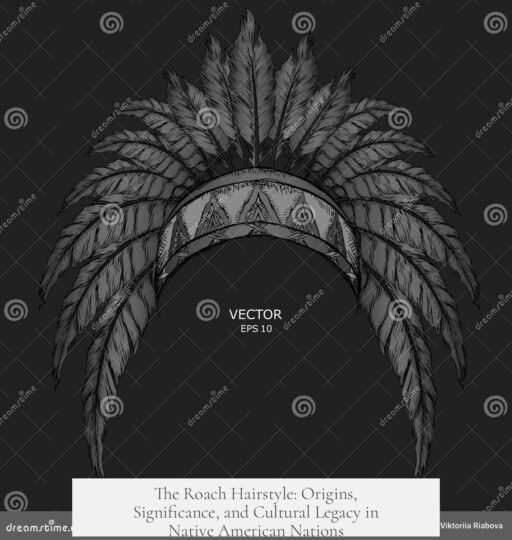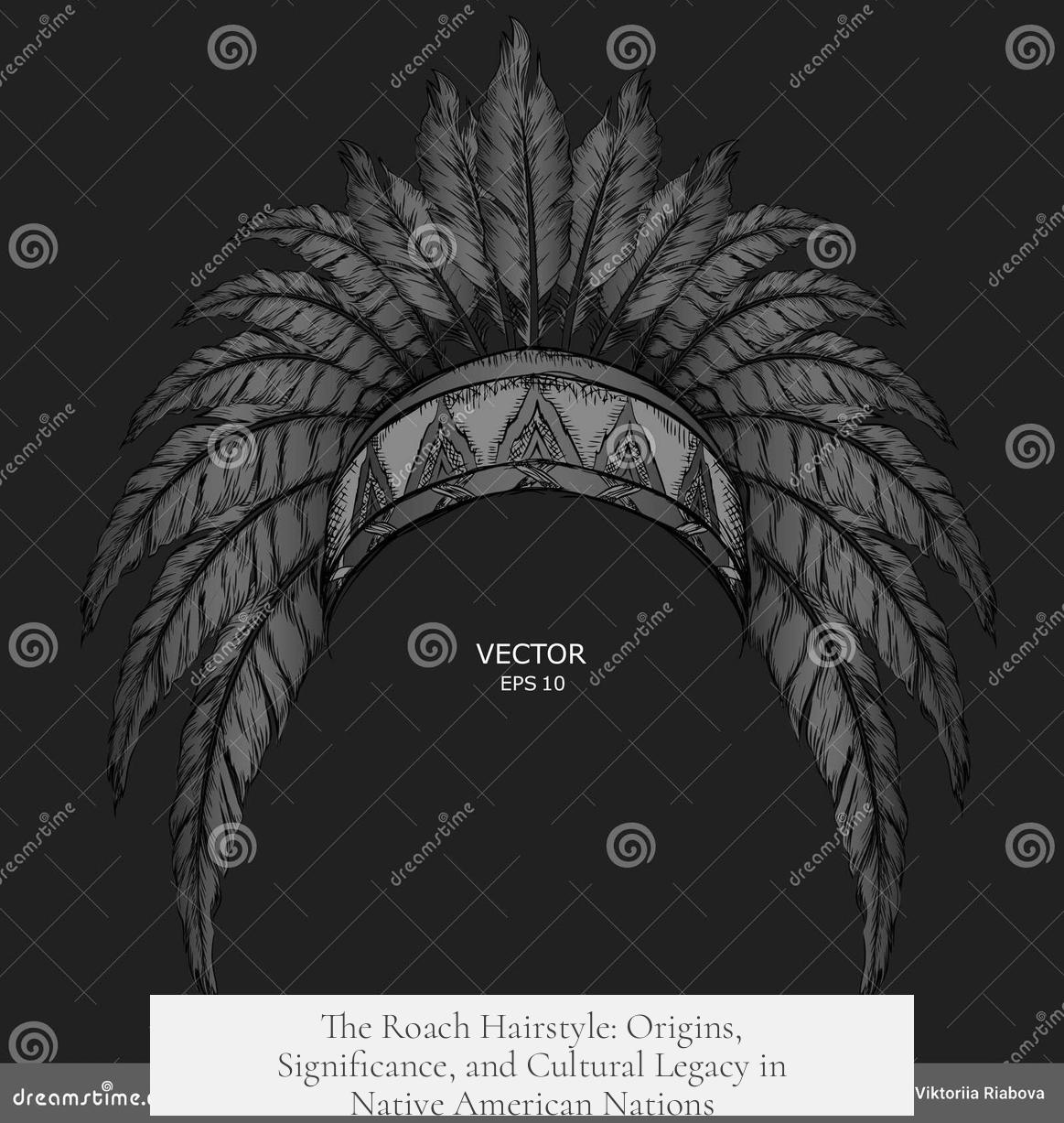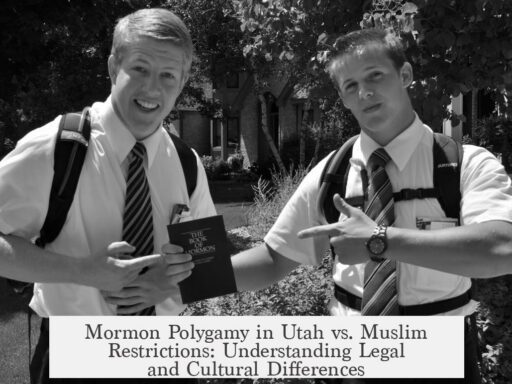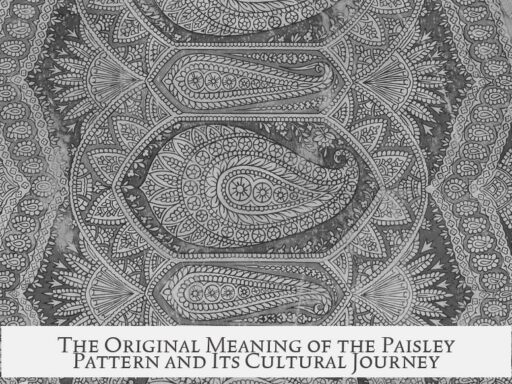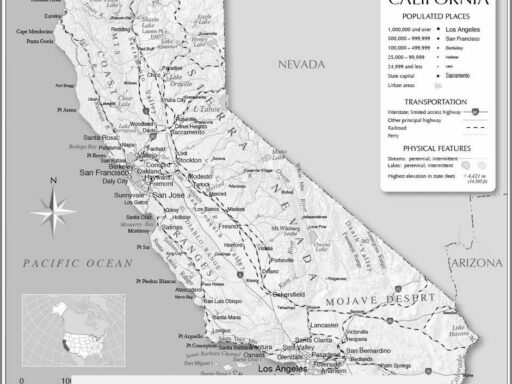The hairstyle known as the Mohawk in America and Mohican in Britain is historically linked to various Native American tribes, particularly those in the Eastern Woodlands and the Great Plains. The hairstyle, generically referred to as a ‘roach,’ was common among men of fighting age and carried cultural and martial significance.
The term ‘roach’ stems from the French word roche and describes a crest-like hair arrangement found in many Native American cultures. This hairstyle was not exclusive to the Mohawk tribe. Its presence spanned eastern tribes and extended to Plains tribes like the Pawnee. Thus, the “Mohawk” hairstyle represents a broader indigenous tradition rather than belonging solely to one group.
The roach usually consisted of hair styled upright along the crown of the head. In the Eastern Woodlands, the roach often did not extend fully forward. It was sometimes accentuated with accessories like feathers. For instance, portraits of Sauk leader Black Hawk show roaches without added adornments, while his rival Keokuk’s style features artificial extensions made from deer hair or porcupine guard hairs, dyed in bright colors such as red or yellow. These were held by a roach-spreader, a device that also secured feathers.
On the Plains, the Pawnee famously wore the roach associated with scalplocks—locks of hair worn either at the back or front of the head. Scalplocks could be braided and decorated extensively and symbolized warrior status because they were prone to being lost in battle. The hairstyle served as a symbol of manhood and battle-readiness rather than a simple fashion statement.
Today, the roach remains a feature of Native American regalia, often fully artificial and secured with straps, worn during ceremonial dances and powwows.
- The “Mohawk” hairstyle is a variant of the indigenous roach hair arrangement found across multiple Native American nations.
- It was primarily worn by men of fighting age, symbolizing warrior status and readiness.
- Roaches were often combined with scalplocks, which could be highly decorated and represented martial achievement.
- Hair extensions were crafted from deer or porcupine hair, dyed and accessorized with feathers.
- The style varies by region and tribe, notably among Eastern Woodland and Plains tribes like the Pawnee.
Americans call it a Mohawk, Brits call it a Mohican, but who truly wore the hairstyle, and what did it mean?
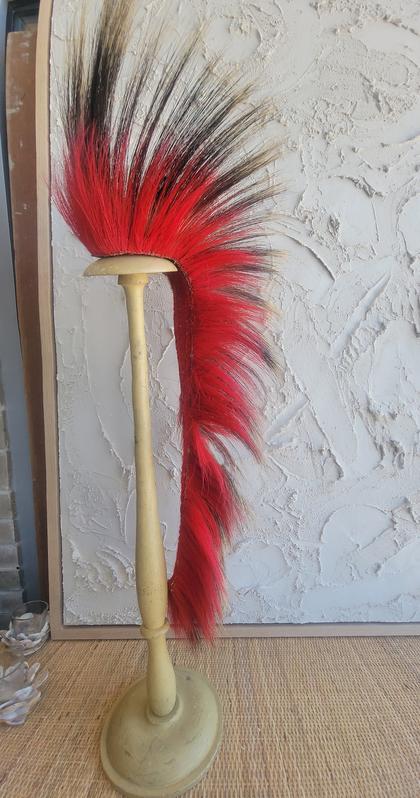
So, what’s the deal with the Mohawk—or Mohican—hairstyle? Who wore it, and why? At first glance, it seems simple. You think of a strip of upright hair down the middle of the scalp, right? Well, in reality, this iconic look is rooted in a much richer Native American tradition. The hairstyle—called a roach by anthropologists—is more common than you think and not limited to one tribe. And trust me, there’s a lot more to it than just punk fashion or a historical cliché.
In fact, the “Mohawk” we keep hearing about wasn’t exclusive to the Mohawk Nation, nor was it always styled the same way. It’s a cultural hallmark seen across various Native American groups, especially men of fighting age. And that name difference? Americans call this style a Mohawk, while Brits call it a Mohican, which actually goes back to some older colonial terms and misunderstandings. So, who really wore the roach hairstyle? Let’s unpack this.
What is the Roach Hairstyle and Who Wore It?
The term roach hairstyle refers to a strip of hair shaved on both sides of the head, leaving a vertical crest in the middle. Interestingly, the name “roach” itself comes from the French word roche. While it’s famous in Native American history, variants existed worldwide—Europeans and others also had similar styles. In North America, it’s primarily eastern tribes and some Plains cultures that rock(ed) this look.
Key tribes known for sporting roach hairstyles include members of the Mohawk nation but also the Pawnee of the Plains and others on the Columbian Plateau. So, if you thought only the Mohawks wore it, think again.
Fighting Age and Fashion Statement: The Roach as a Badge of Honor
The roach wasn’t just a haircut; it denoted status. Usually, it was the hairstyle of men of fighting age—something to inspire pride and fear alike. Imagine going into battle with your scalp freshly styled as a badge of honor and prowess. It was practical for battle too—keeping hair out of the face while signaling readiness and bravery. This styling choice was very much about identity and strength.
Even better, the hairstyle had different variations, especially in eastern tribes. You might see roaches that didn’t extend all the way forward on the head. Instead, they’d pair the hair with accessories to make it look taller and more dramatic. Here’s a neat image showing how the roach doesn’t always cover the whole scalp. Those long hairs are part of a special accessory to accentuate the look.
The Art and Craft of the Roach: Extension, Materials, and Styling
The roach wasn’t always just natural hair. It often included artificial extensions
—deer hair, porcupine guard hairs (yes, nature’s little protectors), or occasionally other animals’ hair dyed red or yellow. These were attached using a special roach-spreader, a nifty tool also used to hold feathers, which added flair to the hairstyle.
Take Keokuk, a Native American leader, as an example. His portrait shows how these long additions gleam proudly alongside his roach. Meanwhile, Black Hawk’s portrait without these extensions gives us a raw look at the basic style.
Scalplocks: The Companion to the Roach
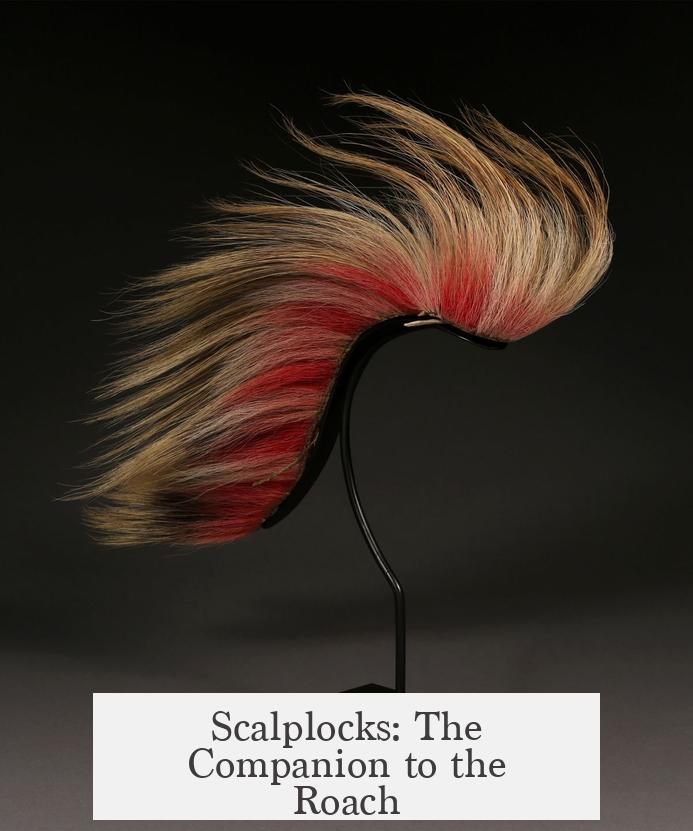
The roach hairstyle often comes paired with scalplocks. These are small locks of hair left long on an otherwise shaved scalp, usually at the back but sometimes in front. Scalplocks were more than style; they symbolized warrior pride. Losing one in battle was a loss of honor, so having impressive scalplocks was a matter of pride.
Again, the Pawnee people of the Plains famously wore their scalplocks and roaches together. Check out this 1860s photo that captures both perfectly.
The Roach Today: Traditional Roots Meet Modern Regalia
Fast forward to now, and the roach hairstyle still shines—especially at powwows and ceremonies. Modern regalia often features completely artificial roaches strapped securely under the chin. This ensures the hairstyle stays put during energetic dances and celebrations. The mix of tradition and practicality shows how the roach continues to evolve.
Check out this modern example illustrating the lasting cultural importance of the roach hairpiece.
Why Does It Matter? Understanding the Significance Beyond Fashion
Now, you might wonder, why bother? Why dissect this hairstyle so much when it feels like just a cool look?
Because the roach hairstyle embodies identity, strength, and heritage for many Native American nations. It’s a symbol of manhood, warrior spirit, and cultural pride. Calling it a Mohawk or Mohican without grasping the broader picture oversimplifies its meaning and obscures the amazing cultural diversity of the tribes who wore it. The roach also shows a fascinating blend of utility and artistry—warrior preparation and ceremonial beauty all in one.
Next time you see a mohawk, think about the deep history and varied stories behind it. More than just a punk rock style, it’s a connection to generations who wore it with honor, and a living marker of vibrant Native American culture.
To Sum It Up
- The roach hairstyle spread across the Eastern Woodlands and Plains Native American tribes, including the Mohawk and Pawnee.
- It signified readiness for battle, manhood, and status among warriors.
- Styling included natural hair and artificial extensions made from animal hair, often dyed and accessorized with feathers.
- Usually accompanied by scalplocks, the hairstyle carried symbolic pride and significance.
- Today, it thrives as a cultural symbol in modern Native American regalia during celebrations.
From myth to authenticity, the “Mohawk” hairstyle is a thread weaving together past and present, tradition and identity. So, Americans, Brits, and anyone admiring this fabled style—know the rich history and honor behind it.
